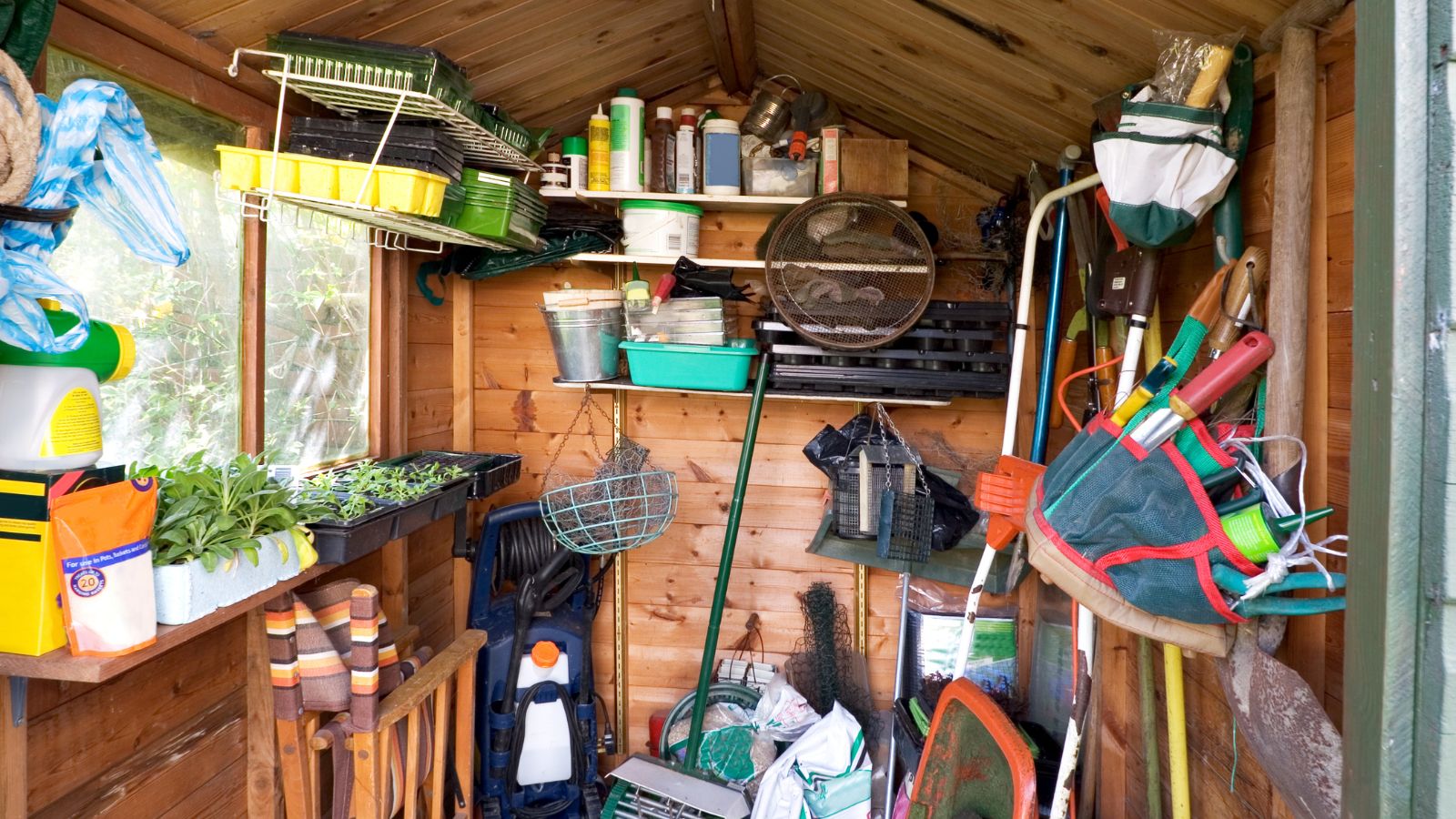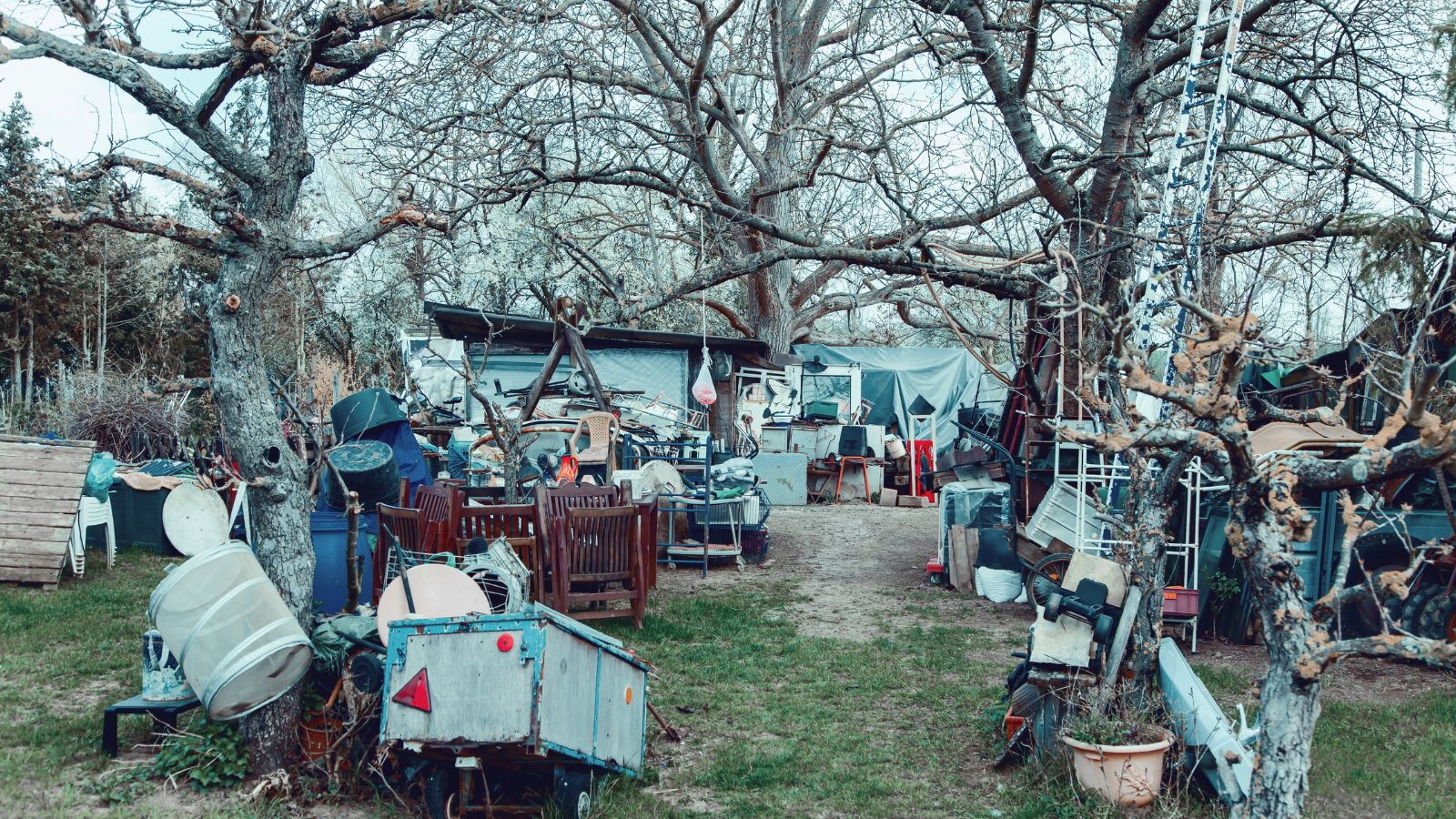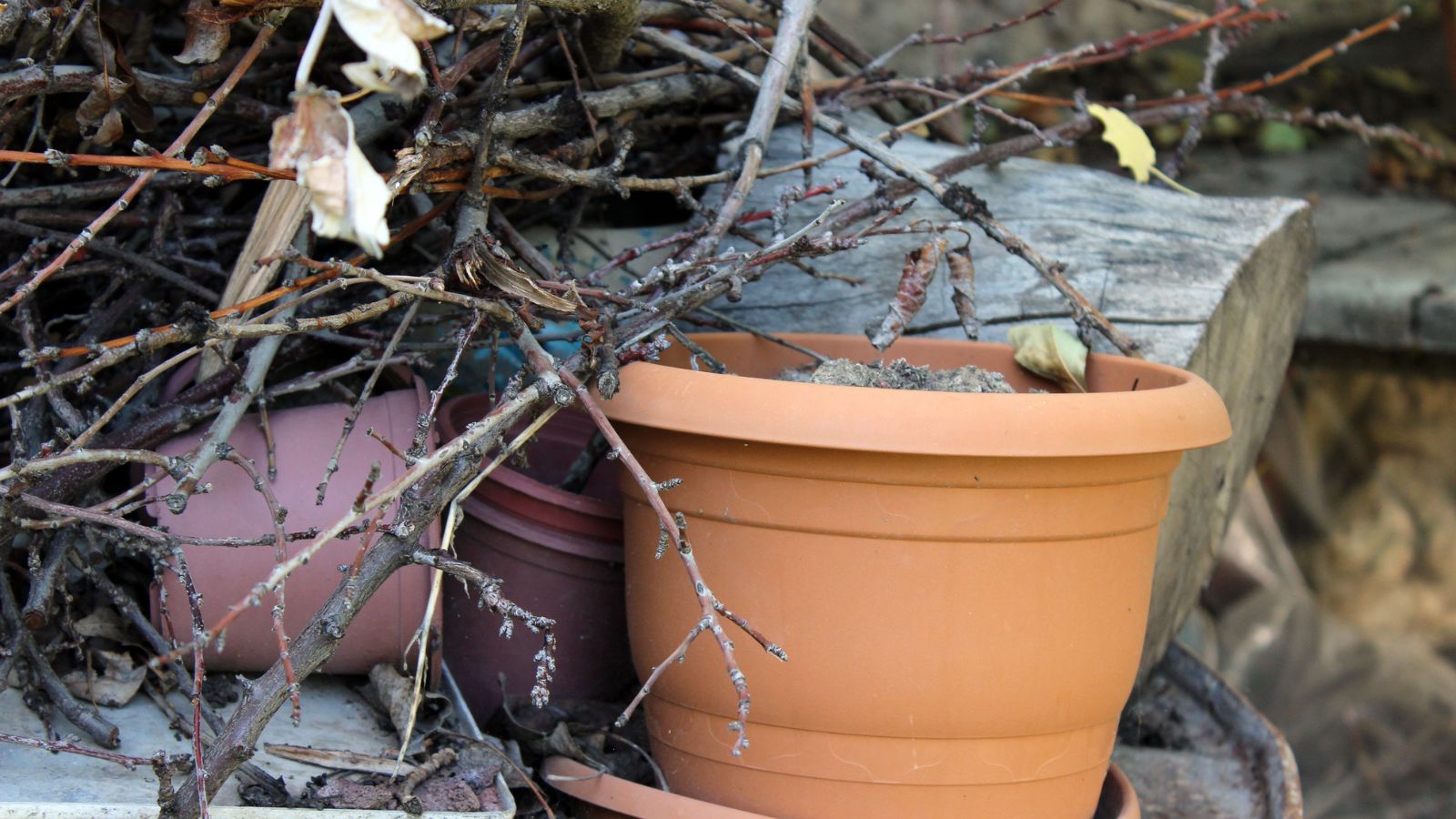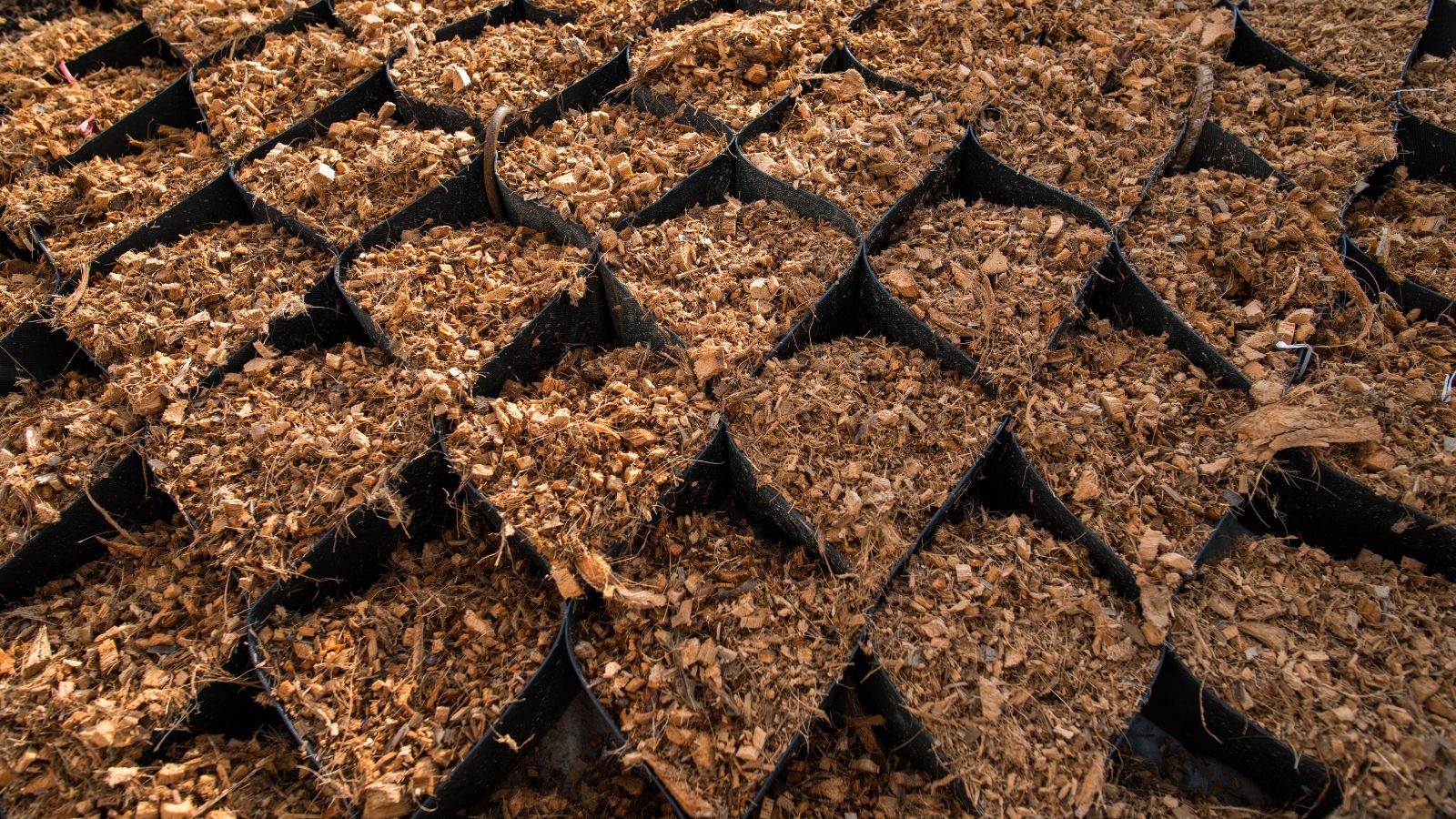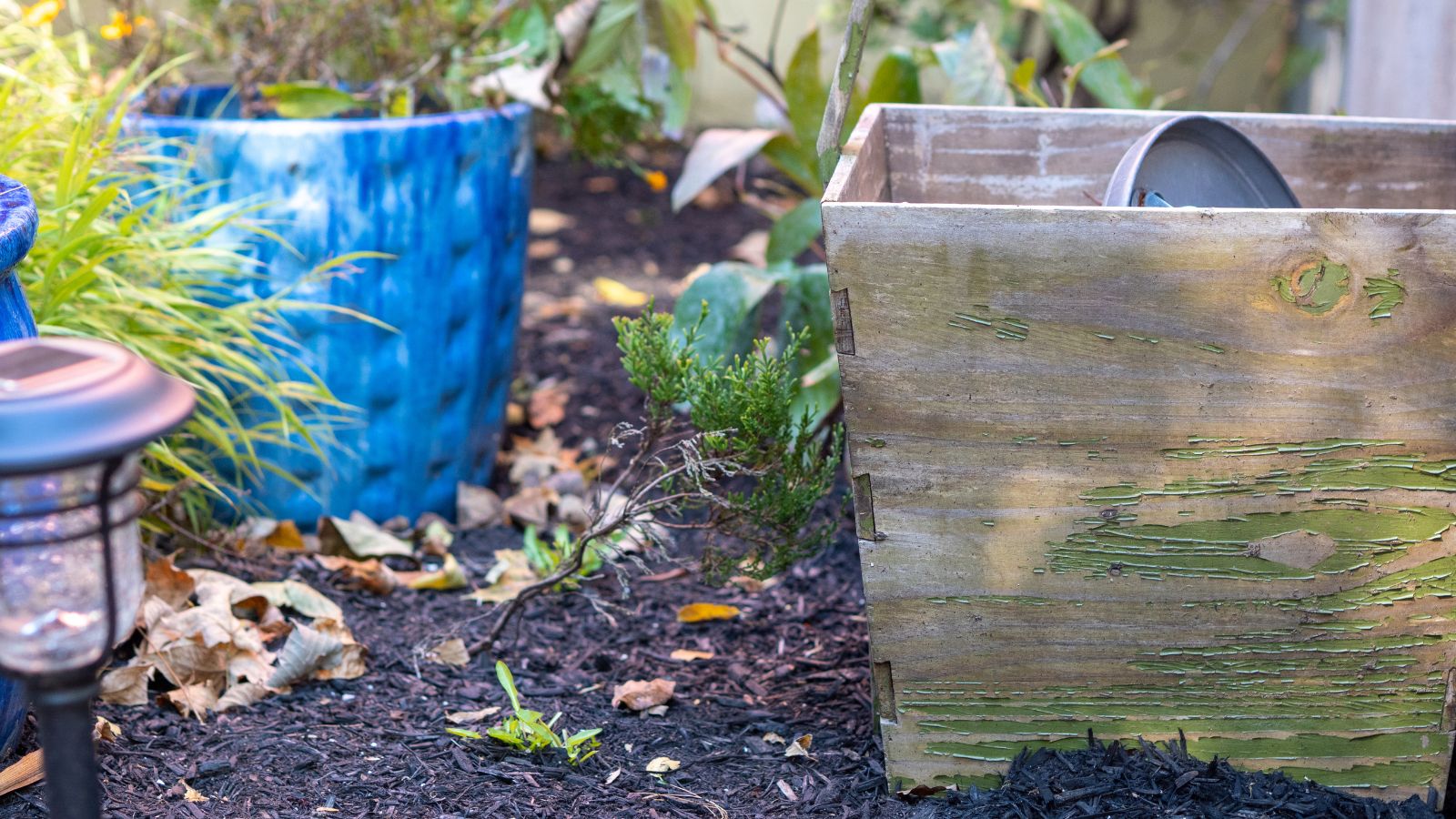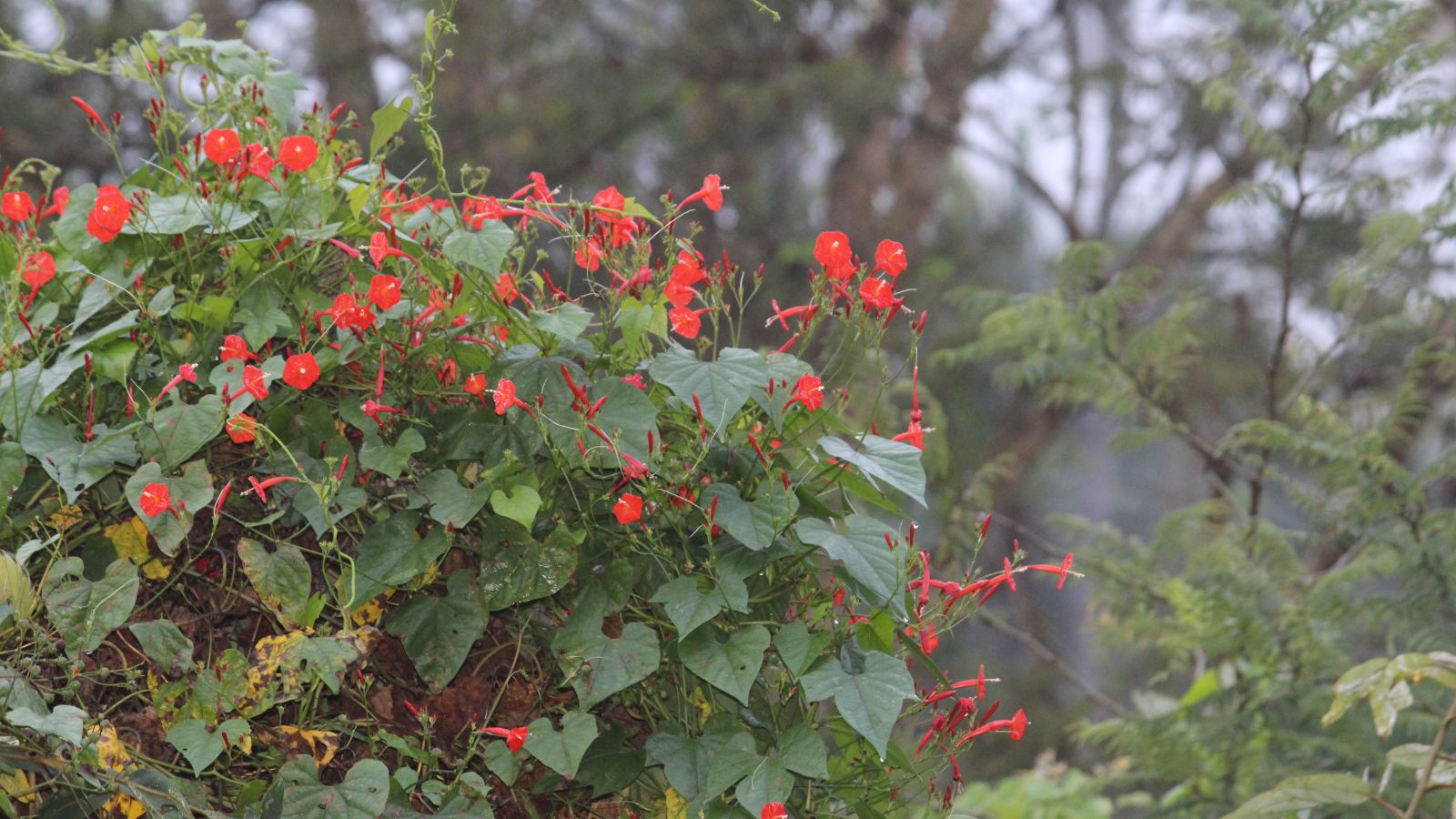Table of Contents
Dare to embrace the unpredictable? Welcome to the world of Chaos Gardening, a method that’s challenging traditional horticulture norms. It’s a practice that’s gaining traction among green thumbs and novices alike, turning the concept of orderly rows and pruned bushes on its head.
Chaos Gardening isn’t just about letting nature take its course. It’s about understanding and leveraging the inherent randomness in nature to create a vibrant, biodiverse ecosystem in your backyard. Stay tuned as we delve deeper into this exciting approach, uncovering the benefits, techniques, and the sheer joy of gardening in chaos.
Chaos Gardening
In the world of horticulture, Chaos Gardening offers a unique approach, by embracing the randomness and unpredictability found in nature. Rather than meticulously planning and executing a garden design, chaos gardeners stir the seeds of various plants together, cast them out, and leave them to their own devices.
The Basic Concept
In Chaos Gardening, the gardener takes a leap of faith, entrusting the germination process to nature. The plants sprout wherever they land, creating a distinct, irregular pattern, mirroring the natural occurrence in a wild meadow. The vision isn’t symmetrical orderliness, but unprompted, prosperous growth.
The Roll of Dice Approach
Fundamental to Chaos Gardening is the roll of dice approach. Gardeners mix a variety of seeds together, sowing them blindly. This method engenders a sense of surprise, as it’s unpredictable as to which seed springs up where. This spontaneity imbues a unique charm to chaos gardens.
Biodiversity: A Key Aspect
Crucial in Chaos Gardening is biodiversity. This practice encourages the growth of a diverse range of plants, attracting a myriad of insects and birds. Healthy biodiversity isn’t merely visually appealing; it makes a garden more resilient and self-sustaining.
The Joy of Gardening in Chaos
Gardening in chaos isn’t just about creating a habitat; it’s about the joy derived from the practice. The excitement surrounding the unpredictability, coupled with the delight of discovering what grows where, forms the heart of Chaos Gardening.
Techniques in Chaos Gardening
Different techniques reinforce the principles of Chaos Gardening. One widely practiced technique is succession planting. Seeds of fast-growing plants get sown alongside those of slower growers, ensuring a continuous blooming garden.
No rules dictate the design or the plants used in Chaos Gardening. It’s blueprints primarily invoke one’s creativity. Any seed mix, be it vegetables, flowers, or herbs, fosters unpredictable gardening experiences. However, consider local climate conditions and plant hardiness parameters to ensure favorable results.
Thus, understanding Chaos Gardening opens doors to a new dimension in traditional horticulture. It embraces unpredictability, celebrates biodiversity, and finds joy in the anticipation of what mother nature has in store.
The Beauty of Chaos Gardening
Chaos Gardening’s magnificence reveals itself through robust biodiversity. This yields a dynamic and ever-changing garden environment, capturing the unpredictability and randomness of nature in a way traditional gardening methods do not. With Chaos Gardening, variety isn’t the spice of life—it’s the essence.
Nested within its seeming disorder are layers of interconnected life. It doesn’t just attract a diverse range of plants, but also a wider spectrum of garden wildlife species. The seemingly disorganized patchwork of plants opens floodgates for insects, birds, and mammals, promoting a balanced ecosystem within the garden’s borders. Splashes of color, entrancing bird songs, enthralling insect hums—it’s a symphony of life in its truest form.
Wildly sown plants yield a tapestry of colors and forms, with distinct plants sprouting where they find their perfect niche. As such, each garden becomes a personal ecosystem populated by preferred plant species, presenting a truly unique visual display. A garden’s look evolves with time, mirroring the transient beauty of nature. Here, beauty lies in transience and constant change, not permanence.
At the heart of Chaos Gardening is the anticipation and joy of discovery. It thrives under a ‘wait and see’ approach, encouraging gardeners to embrace surprises rather than meticulously curate results. Literally planting seeds of surprise, it gives gardeners continuous episodes of joy as they make new discoveries each day. Imagine the thrill of stumbling upon a blooming wildflower you hadn’t planted consciously, or a beehive finding a home amidst your chaos—an element of exhilaration conventional gardening doesn’t capture.
Chaos Gardening also underscores resilience. Embracing the tough and self-seeding variety of plants, it reinforces the garden’s ability to withstand unpredictable weather conditions and pests. Their natural resilience allows these plants to continuously carpet the garden, providing an idyllic setting that transcends seasons.
From fostering biodiversity to encouraging enthralling visual spectacles and embodying resilience, Chaos Gardening artfully marries aesthetics and ecology. Its beauty isn’t just eye-catching—it’s breathtaking in its simplicity and captivating in its complexity.
The Art and Science Behind Chaos Gardening
Chaos Gardening sits at the interesting intersection of art and science. By embracing nature’s unpredictability, it honors the spontaneous creations that manifest through this approach. Each plant variety partakes in painting a vivid tableau, blooming according to its unique genetic programming and environmental cues.
Biodiversity serves as the underpinning pillar of Chaos Gardening, semblance to a jigsaw puzzle with innumerable pieces, each contributing to the whole picture. For instance, sunflowers, daisies, and orchids might coexist, not by meticulous planning, but through random scattering. Each plant, with its unique size, shape, and color, adds to the overall aesthetics of the garden.
In the realm of science, Chaos Gardening relies on eclectic mixtures of seeds fostering rich, unpredictable plant growth. Equating to an experimental field for botanists, it provides insights into the dynamic ecological relationships among different plant species. Through observation and analysis, it’s possible to discern patterns such as how certain plants, like marigolds, repel pests, promoting the healthy growth of neighboring vegetation.
Moreover, Chaos Gardening plays a part in contributing to the natural resilience of ecosystems, particularly in the face of climate change. By fostering a wide range of species, survival odds increase, since diversity usually breeds resilience. For instance, marigolds resist drought, while orchids prefer moist environments. Thus, regardless of weather variations, some plants persist, ensuring a blooming garden.
The integration of aesthetics and ecology creates a fascinating form of gardening that celebrates the concept of Wabi-sabi, recognizing beauty in imperfection and transience. Thus, Chaos Gardening might appear disorganized on the surface, but beneath the seeming disorder lies a dynamic, ever-changing spectacle of colors and life – a beautiful testament to the art and science of chaos.
How to Start Your Chaos Garden
Starting a chaos garden involves a series of strategic steps. They include embracing unpredictability, selecting diverse seeds, and caring for the garden.
First, embracing unpredictable elements is the cornerstone of Chaos Gardening. It involves let go of control and embracing the spontaneity nature brings. For example, gardeners needn’t agonize about each plant’s placement, sun needs, or companion plants. Instead, they relinquish decisions to nature’s wisdom and chance.
Second, selecting variety in seeds is vital. Gardeners aim for a random mix that promotes biodiversity. Vegetables, herbs, annuals, perennials, they all have a place in a chaos garden. For instance, cucumber seeds might mingle with sunflower seeds, while basil seeds intertwine with wild rose seeds. The result is an unplanned, yet harmonious, jumble that’s not only beautiful but also beneficial for local wildlife and pollinators.
Caring for the garden forms the next part. No hard and fast rules apply here. Keep in mind, ruin the traditional approach. While watering and weeding are necessary, refrain from following strict schedules. In the true spirit of chaos, spontaneity plays a key role in these tasks. Observe the garden’s dynamics and adjust care accordingly. For example, if daisies overtake a corner, the gardener might decide to leave them, appreciating the unexpected splendor they bring.

